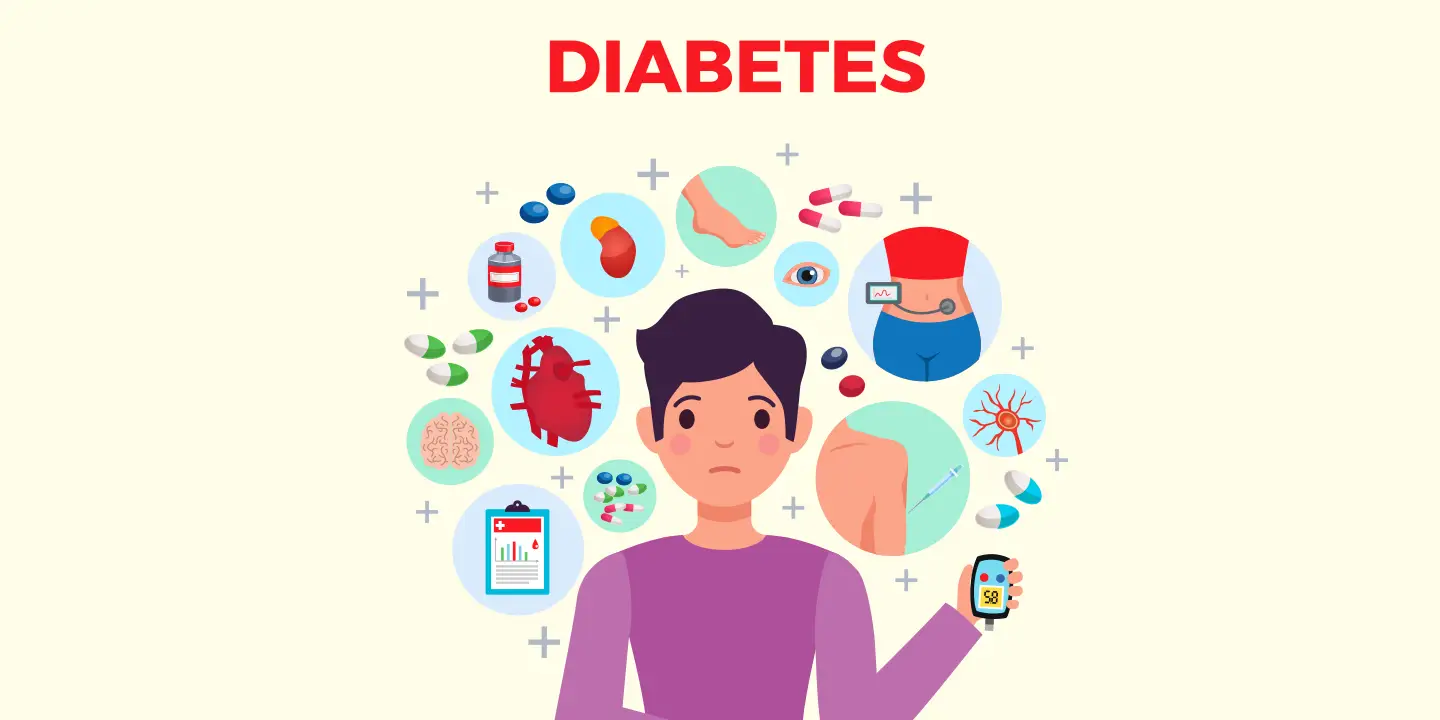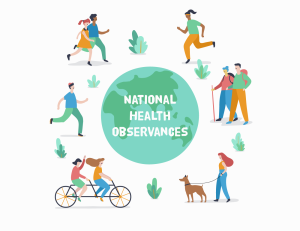A century ago, children died from communicable diseases like small pox and polio. Vaccines have all but eradicated these diseases, but there’s a new menace putting our children at risk. Kids today are being diagnosed with chronic diseases at an astonishing rate, despite the fact that preventing diabetes, cardiovascular and heart disease is often as simple as making lifestyle changes.
According to a 2012 study by the Centers for Disease Control, a quarter of teens between the ages of 12 and 19 are pre-diabetic. This amounts to 1 in 400 kids in the U.S.These teens are at increased risk of developing type 2 diabetes, a serious and sometimes fatal condition which can cause heart disease, stroke, blindness, nerve damage and even memory loss.
“This increase is directly linked to a rise in childhood obesity,” says Dr. Tamara Hannon, Director of the Pediatric Diabetes Program at Riley Hospital for Children at Indiana University Health, “and the key to preventing diabetes is maintaining a normal weight.”
Signs of pre-diabetes or type 2 diabetes include headaches, thirst, frequent urination and darkening of the skin around the neck or under the arms. If your child has these symptoms, contact your health care provider. Kids diagnosed with type 2 diabetes or pre-diabetes need careful supervision by a physician.
Whether your child has just been diagnosed or you simply want to cut the risk, work with your doctor to come up with a plan to make sure she’s on a healthy track. In the meantime, the following strategies can help lower the risk of diabetes:
- Cut out sweetened drinks. “Sugary drinks account for most of the excess calories teens consume,” says Amy Trent, RD-LD, CDE of the Harold Hamm Diabetes Center at the University of Oklahoma. “Which is why we advise cutting them out first.” This includes soda, fruit punch, sports drinks, energy drinks and even fruit juices. Encourage your kid to quench her thirst with water throughout the day. Four ounces of fruit juice at breakfast is fine, along with 1 to 2 cups of milk daily. Save soda and fruit punch as special treats, and never offer up sports drinks—except after intense exercise, and always dilute them with water. Energy drinks combine high amounts of sugar and caffeine, so avoid them altogether.
- Manage portions. “Keeping a healthy weight in our society is very difficult because of nearly constant access to food,” says Hannon. In the past 20 years, portion sizes have steadily grown along with the rate of obesity, according to the Centers for Disease Control. Familiarize yourself and your kid with what a correct portion size looks like. Have everyone in your family drink a glass of water before they dive into dinner to avoid overeating. Use smaller plates during meals—7-inch plates are perfect for lunch and 9-inch plates allow for a robust dinner. Cook enough food for one serving each to discourage coming back for seconds.
- Aim for a rainbow. If your kid’s like most American children, she lives on macaroni and cheese, french fries, pizza and chicken nuggets. All of these foods are high in trans-fats and calories and low on fiber and nutrients. They raise blood sugar levels so your child feels hungrier and craves even more sugar and carbs, increasing her risk of developing unhealthy eating preferences and eventually, diabetes. Going cold turkey may cause WWIII in your home; instead, swap nutritious ingredients for fatty ones, and slowly replace junk foods with more healthful choices. Stock the fridge with a colorful rainbow of fresh fruits and veggies—most kids will eat grape tomatoes, apples, pears, grapes, melon, celery, broccoli and peppers if they’re sliced and ready to eat. Replace chips and high-fat snacks with lean cheese and turkey, whole-grain crackers and whole-grain pretzels.
- Eat meals together. “Eat fewer foods from packages and more food that comes naturally from the earth,” says Dr. Hannon. Cook and eat family meals together; you’ll have a chance to bond and teach about healthy eating habits. If your kid helps your prepare a vegetable-filled sauce for the spaghetti, she’ll be more willing to eat it.
- Get active. Thanks to modern technology, kids are eating more and moving less. To combat the subsequent weight gain, limit media viewing to less than two hours each day and get more exercise. Trent advises finding physical activity that’s enjoyable—bike riding, playing organized sports, going for a walk—everything counts. Aim to get your family moving for 60 minutes daily, as recommended by the American Academy of Pediatrics.
- Set the example. “When a parent is unwilling to make healthy choices, kids are less likely to make changes too,” says Trent. As you counsel your brood on making better lifestyle choices, take a look at your own habits. Are you a smoker? Quit. Replace your favorite soda with sparkling water and squeeze in gym time (even when you don’t feel like it). You’ll all benefit from better nutrition and more exercise.
- Pay attention to risk factors. Some kids are simply more prone to developing pre-diabetes or type 2 diabetes than others. Childhood obesity, a family member with type 2 diabetes or gestational diabetes during pregnancy can all increase the chance your kid will be diagnosed. Certain ethnic groups, including African Americans, Spanish Americans and Native Americans, are more likely to develop type 2 diabetes.
“Parents play a huge role in preventing diabetes,” says Trent. Change your family’s habits today to set your child up for a lifetime of good health.
Source: Education.com







